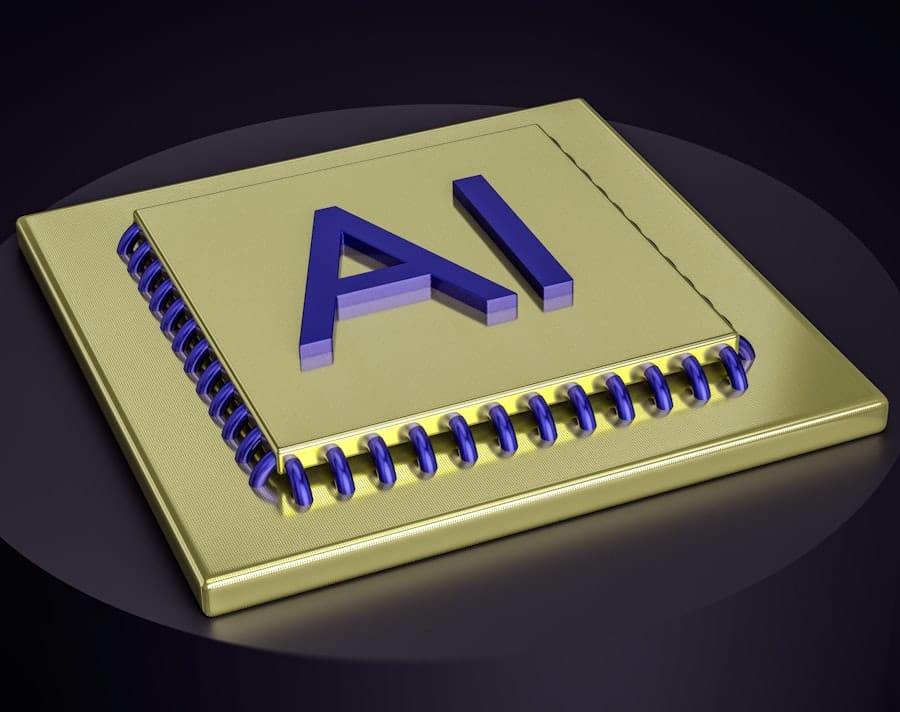In recent years, the educational landscape has witnessed a significant transformation with the advent of artificial intelligence (AI) technologies. Among these innovations, AI-powered grading systems have emerged as a prominent tool, reshaping how assessments are conducted and evaluated. The increasing demand for personalized learning experiences, coupled with the need for efficient grading processes, has propelled the adoption of these systems across various educational institutions.
Schools and universities are increasingly turning to AI to alleviate the burdens of traditional grading methods, which can be time-consuming and often subjective. The rise of AI-powered grading systems can be attributed to several factors. First, the sheer volume of student assessments that educators must manage has grown exponentially, particularly with the shift towards online learning environments.
Traditional grading methods often struggle to keep pace with this influx, leading to delays in feedback and assessment. AI systems, on the other hand, can process large amounts of data quickly and consistently, providing timely evaluations that enhance the learning experience. Furthermore, as educational institutions strive to improve student outcomes and engagement, AI grading systems offer a promising solution by enabling more immediate and tailored feedback.
Key Takeaways
- AI-powered grading systems are becoming increasingly popular in education
- These systems use algorithms to assess and grade student work
- Teachers can save time and provide more personalized feedback using AI-powered grading systems
- Challenges include potential biases and limitations in assessing certain types of work
- Implementing AI-powered grading systems requires training and support for teachers
Understanding How AI-Powered Grading Systems Work
AI-powered grading systems utilize advanced algorithms and machine learning techniques to evaluate student work. At their core, these systems are designed to analyze various forms of student submissions, including essays, multiple-choice tests, and even coding assignments. By employing natural language processing (NLP) and other AI methodologies, these systems can assess not only the correctness of answers but also the quality of writing, coherence of arguments, and adherence to specific guidelines.
The functioning of these systems typically involves training on large datasets that include previously graded assignments. This training allows the AI to learn patterns and criteria that human graders use when evaluating student work. For instance, in essay grading, an AI system might analyze thousands of essays to identify common features of high-scoring submissions, such as vocabulary richness, grammatical accuracy, and logical structure.
Once trained, the system can then apply this knowledge to new submissions, providing scores and feedback that reflect the established grading criteria.
The Benefits of Using AI-Powered Grading Systems for Teachers

One of the most significant advantages of AI-powered grading systems is the reduction in administrative workload for teachers. Grading can be an arduous task that consumes a substantial amount of time, particularly in large classes where educators are responsible for evaluating numerous assignments. By automating this process, AI systems free up valuable time for teachers, allowing them to focus on more critical aspects of their roles, such as lesson planning and student engagement.
Moreover, AI-powered grading systems can enhance the consistency and objectivity of evaluations. Human graders may inadvertently introduce biases or inconsistencies based on personal preferences or fatigue, especially when faced with a large volume of work. In contrast, AI systems apply uniform criteria across all submissions, ensuring that every student is assessed fairly based on the same standards.
This objectivity can help mitigate concerns about grading disparities and promote a more equitable learning environment.
Potential Challenges and Limitations of AI-Powered Grading Systems
Despite their numerous benefits, AI-powered grading systems are not without challenges and limitations. One primary concern is the potential for inaccuracies in grading. While these systems are designed to mimic human judgment, they may struggle with nuanced aspects of writing or complex problem-solving tasks that require critical thinking.
For example, an AI might misinterpret sarcasm or fail to recognize creative approaches to problem-solving that deviate from conventional methods. Such inaccuracies can lead to frustration among students who feel their work has been undervalued or misrepresented. Another significant challenge is the reliance on data quality for training these systems.
If the datasets used to train AI models are biased or unrepresentative of diverse student populations, the resulting evaluations may perpetuate existing inequalities. For instance, if an AI system is trained predominantly on essays from a specific demographic group, it may not accurately assess submissions from students with different backgrounds or writing styles. This limitation underscores the importance of ensuring that training datasets are comprehensive and inclusive to avoid reinforcing systemic biases in education.
Implementing AI-Powered Grading Systems in the Classroom
The successful implementation of AI-powered grading systems in educational settings requires careful planning and consideration. Schools must first assess their technological infrastructure to ensure compatibility with AI tools. This includes evaluating internet connectivity, hardware capabilities, and software requirements necessary for deploying these systems effectively.
Additionally, educators must receive adequate training to understand how to integrate AI tools into their existing assessment practices seamlessly. Moreover, it is crucial for institutions to establish clear guidelines regarding the use of AI in grading. This includes defining the role of AI in the assessment process and determining how much weight will be given to AI-generated scores versus human evaluations.
Transparency is key; students should be informed about how their work will be assessed and how AI contributes to that process. By fostering an environment where both teachers and students understand the capabilities and limitations of AI grading systems, schools can facilitate smoother transitions and greater acceptance among stakeholders.
The Role of Teachers in AI-Powered Grading Systems

While AI-powered grading systems offer significant advantages in terms of efficiency and consistency, the role of teachers remains indispensable in the educational process. Educators are not merely facilitators of knowledge; they are also mentors who provide guidance and support to students as they navigate their learning journeys. In this context, teachers play a critical role in interpreting AI-generated feedback and contextualizing it within broader educational goals.
Teachers must also engage in ongoing professional development to stay informed about advancements in AI technology and its implications for education. By understanding how these systems operate and their potential impact on student learning outcomes, educators can make informed decisions about when and how to utilize AI tools effectively. Furthermore, teachers can leverage AI-generated insights to tailor their instructional strategies, addressing individual student needs based on data-driven assessments while maintaining a human touch in their interactions.
Ethical Considerations in Using AI-Powered Grading Systems
The integration of AI-powered grading systems into education raises several ethical considerations that must be addressed thoughtfully. One primary concern is data privacy; as these systems rely on student submissions for training and evaluation purposes, safeguarding sensitive information becomes paramount. Educational institutions must implement robust data protection measures to ensure that student data is handled responsibly and ethically.
Additionally, there is a need for transparency regarding how AI algorithms make decisions about grading. Students should have access to information about how their work is evaluated by AI systems and what criteria are used in this process. This transparency fosters trust between students and educators while empowering learners to understand their strengths and areas for improvement better.
The Future of AI-Powered Grading Systems in Education
Looking ahead, the future of AI-powered grading systems in education appears promising yet complex. As technology continues to evolve, we can expect advancements that enhance the accuracy and reliability of these systems. Innovations such as improved natural language processing capabilities may enable AI tools to better understand context and nuance in student submissions, leading to more accurate assessments.
Furthermore, as educational institutions increasingly embrace personalized learning approaches, AI-powered grading systems will likely play a pivotal role in tailoring assessments to individual student needs. By analyzing performance data over time, these systems could provide insights that inform instructional strategies and support targeted interventions for struggling learners. However, as we move forward into this new era of education technology, it will be essential to maintain a balanced approach that prioritizes both technological innovation and the irreplaceable value of human judgment in fostering meaningful learning experiences.
In the realm of educational technology, AI-powered grading systems are revolutionizing the way teachers assess student performance, offering a more efficient and objective approach to grading. A related article that delves into the broader implications of technology in education is “New World of Possibilities with the Samsung Galaxy Chromebook 2 360.” This piece explores how advanced devices like the Samsung Galaxy Chromebook 2 360 are enhancing the educational experience by providing students and teachers with powerful tools for learning and collaboration. For more insights, you can read the full article

